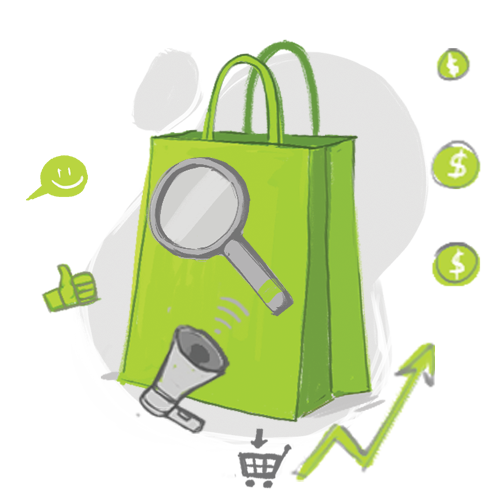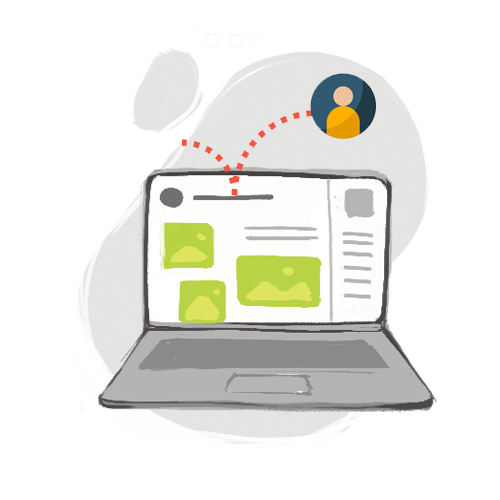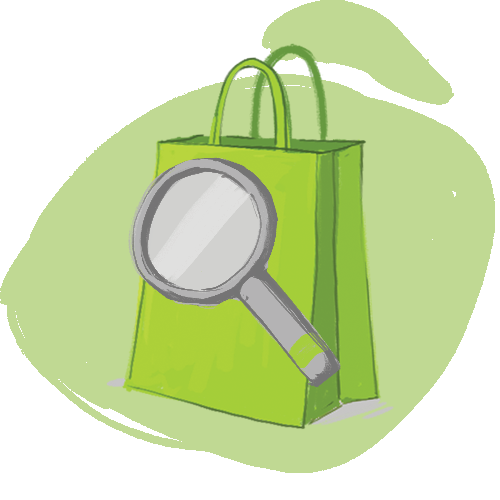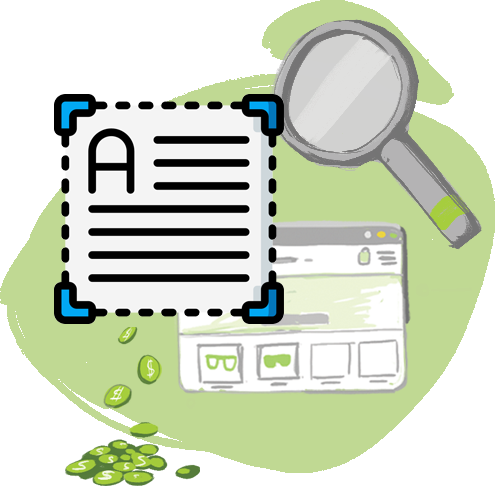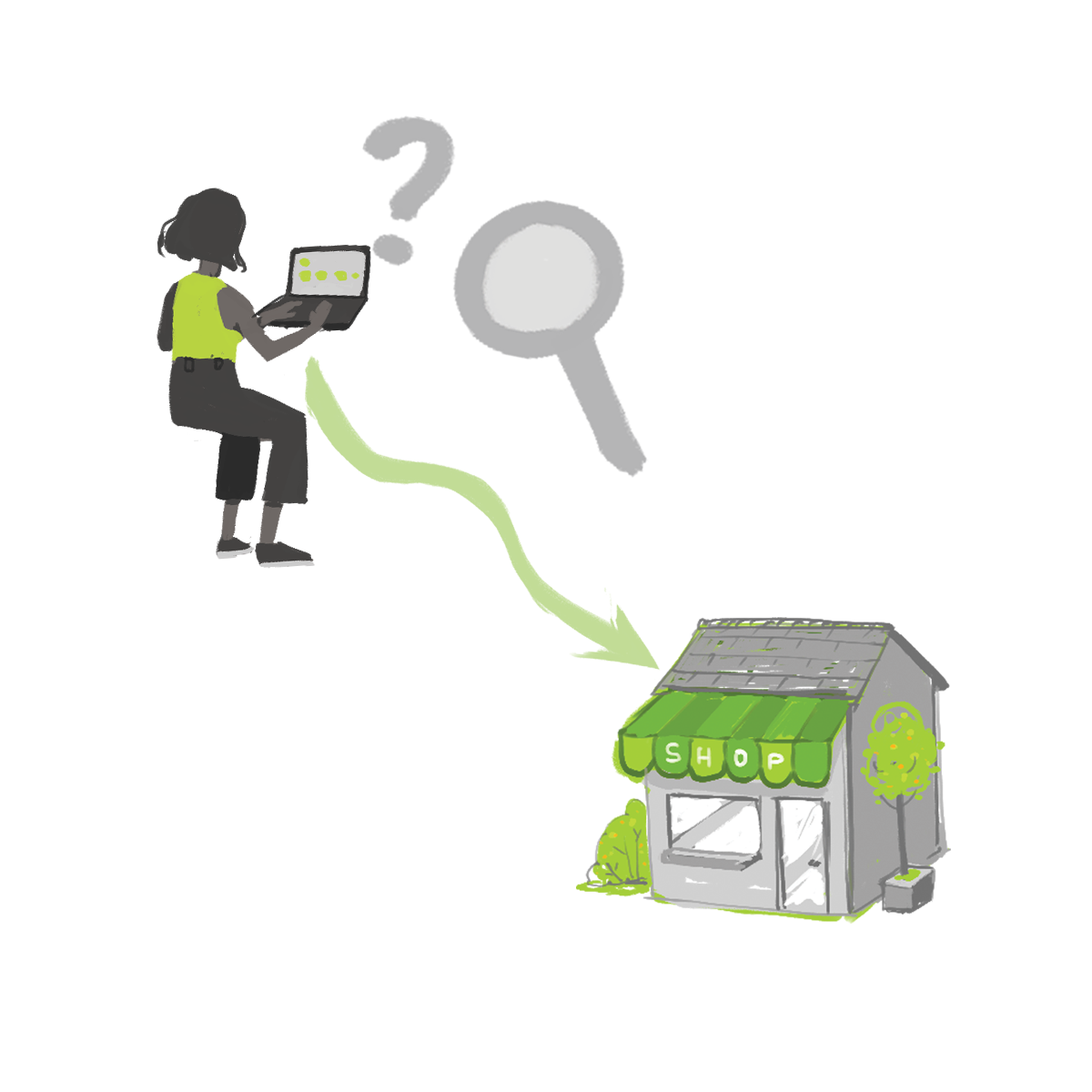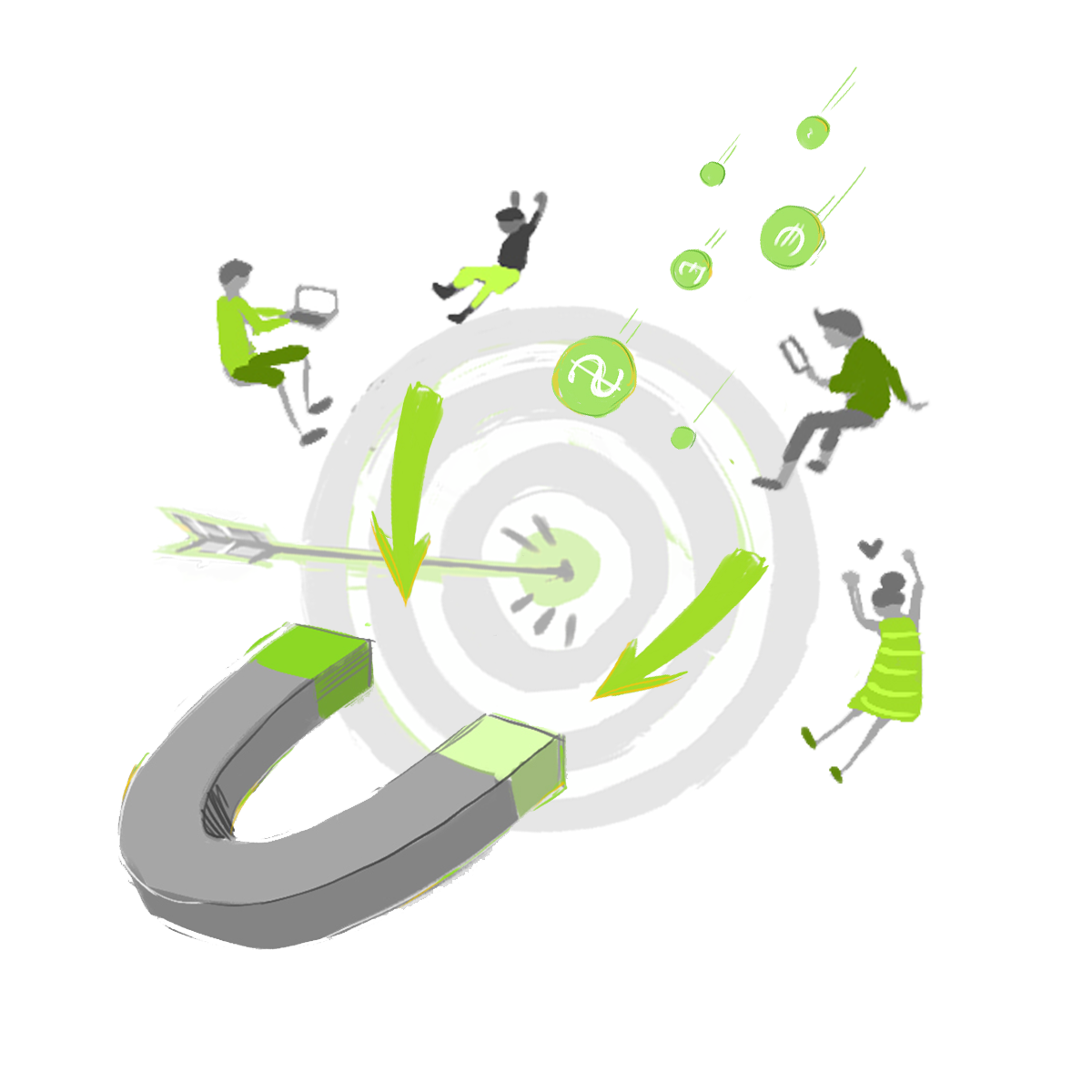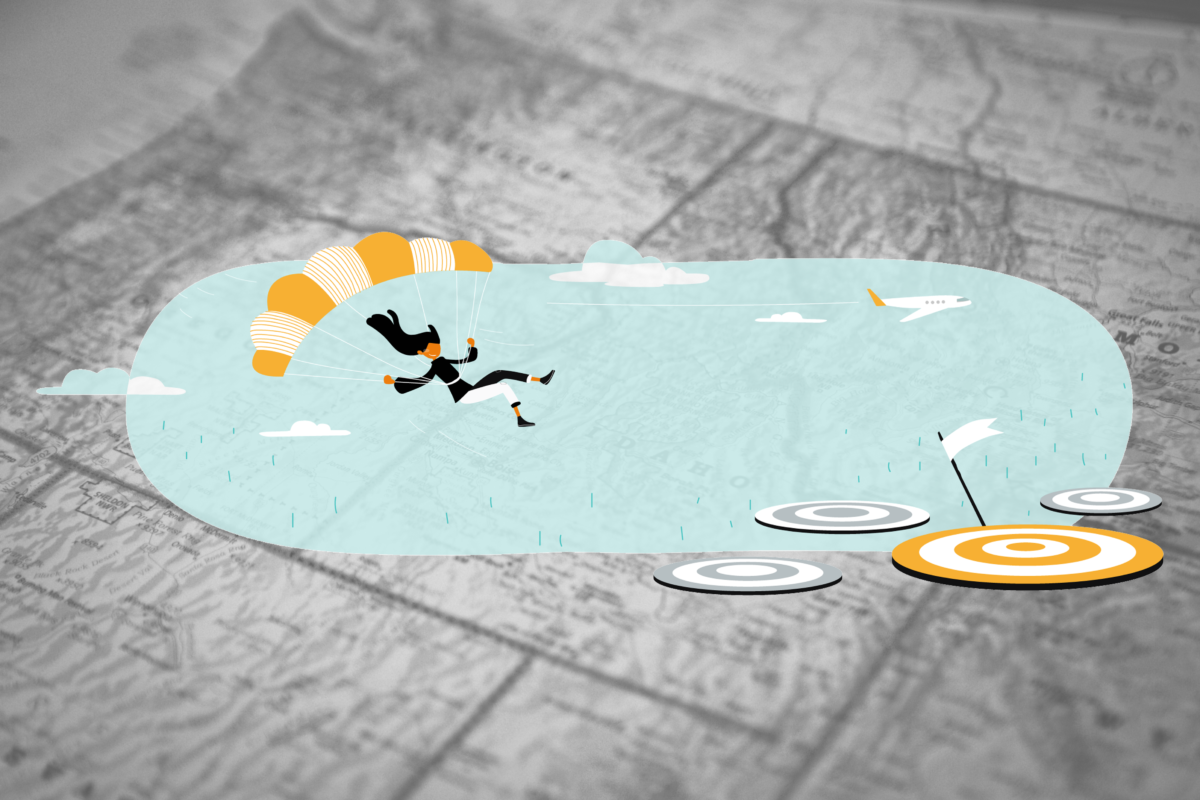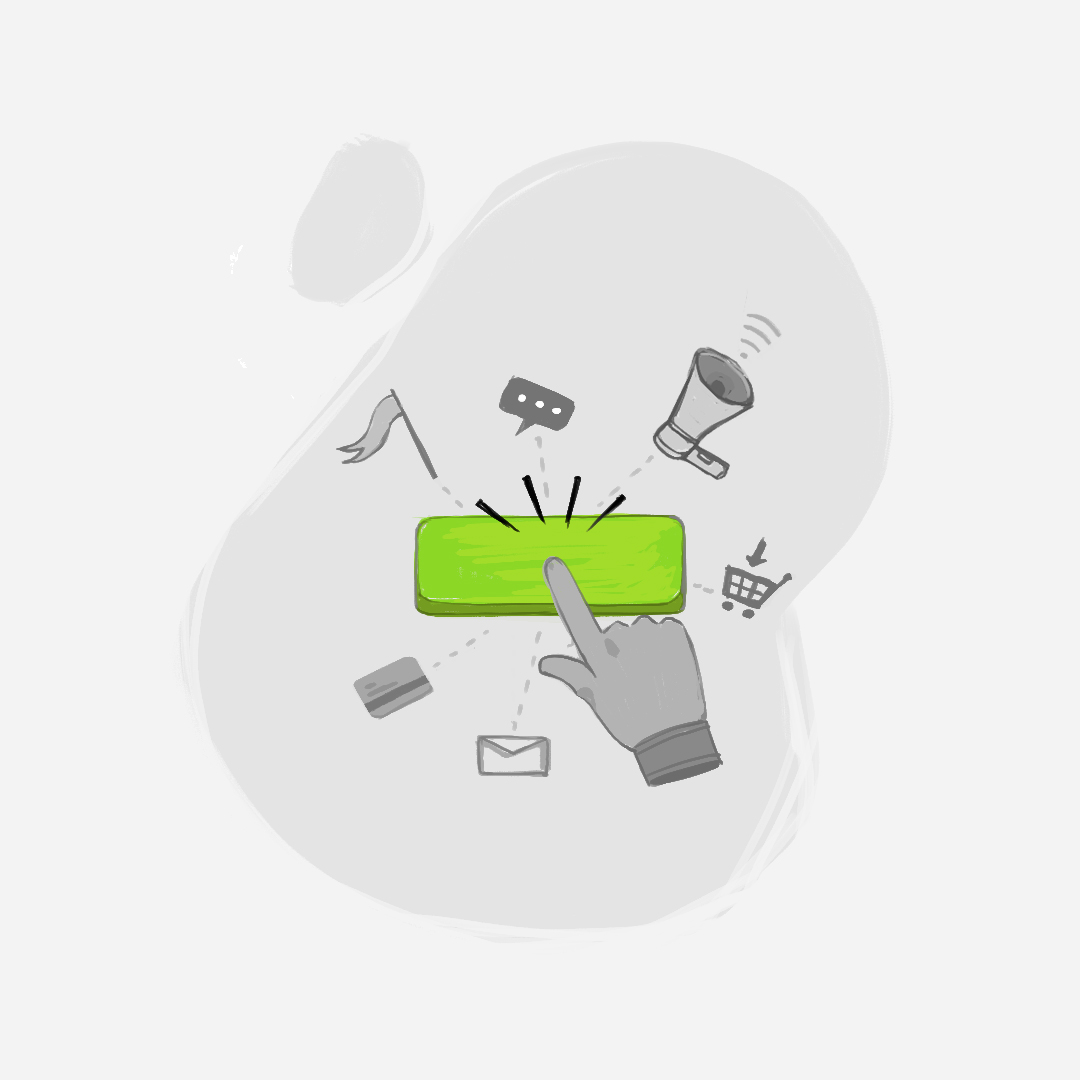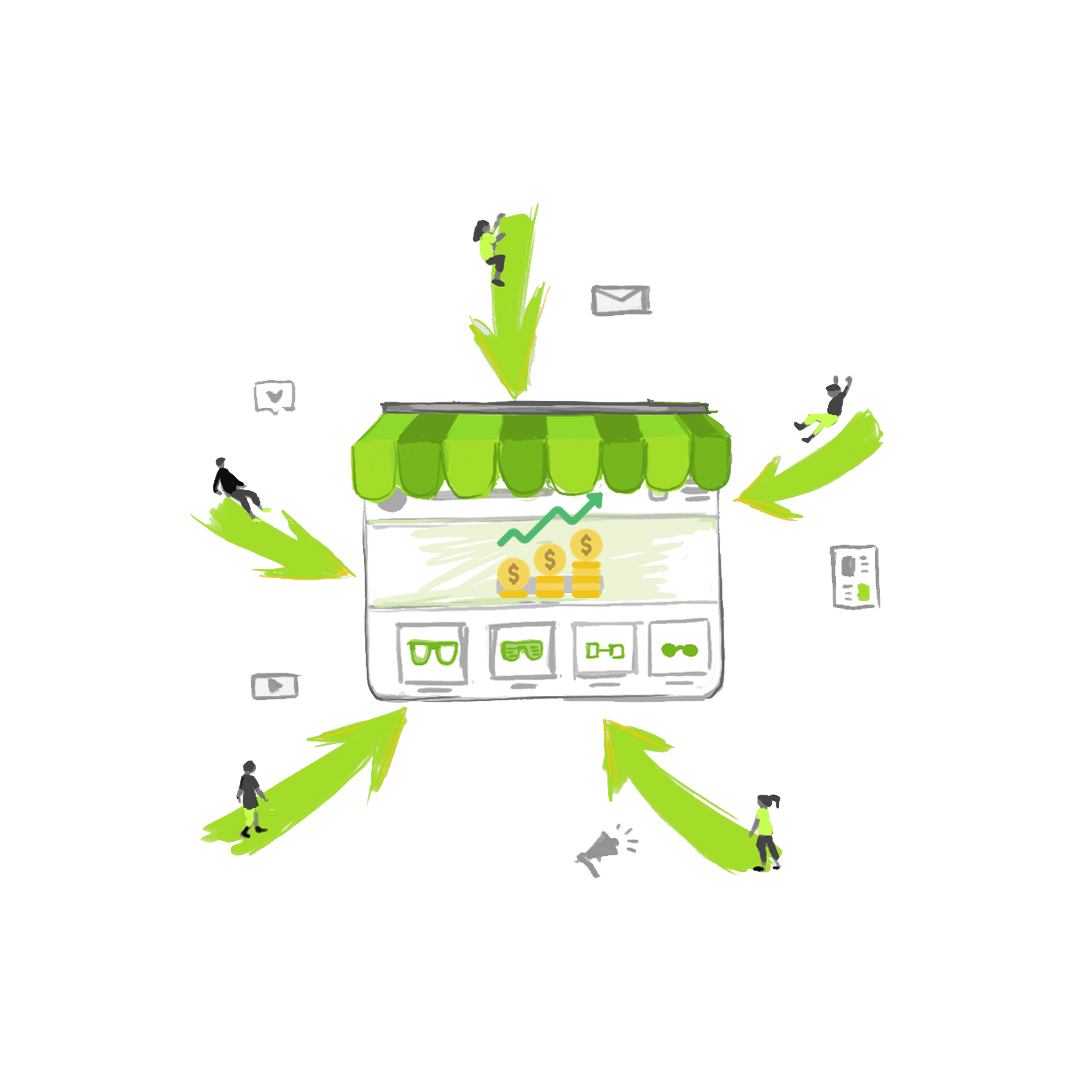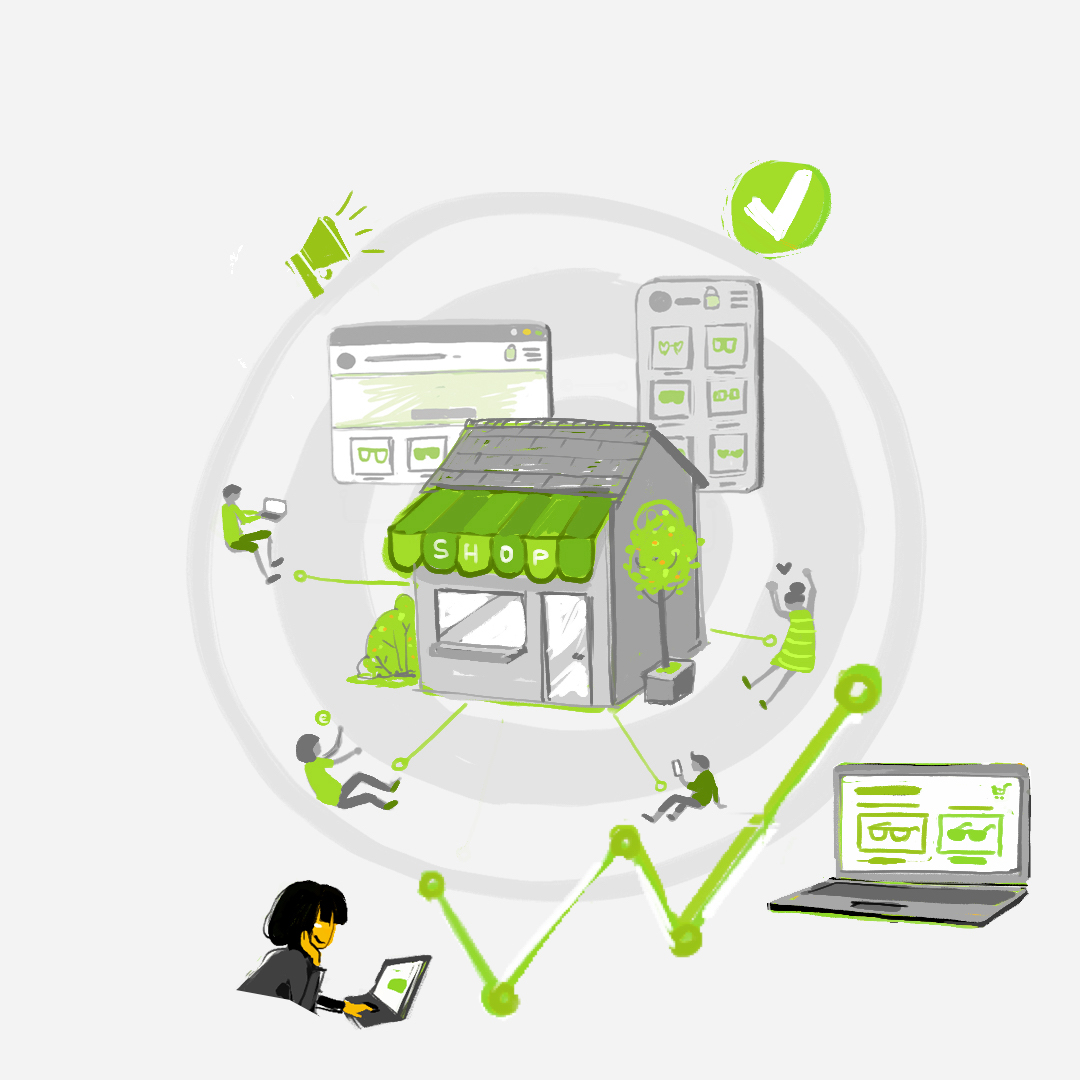Introduction – Being “Seen” on Google Search
With 8.5 billion searches executed a day, Google Ads are a primary promotional tool for Shopify owners. However, it’s not as easy as “1, 2 3,” to suddenly begin boosting traffic to your store and converting sales with Google ads. In fact, a large majority of Shopify store owners express a certain level of discontent when trying to optimize their Google ads efforts.
One even said, “It’s at the point where I would pay someone to do my Google Ad campaigns if they know what they are doing.”
… Well guess what! This blog provides the 360° view on how to organize Google ad campaigns to maximized sales. There is a way to compete with retail giants with Google ads, so long as you are razor sharp in establishing your target audience, network, and keyword phrases. Read below to learn how to approach your Google ad campaigns for increased sales and Shopify success!
Basics of Setting up Google Ad Campaigns
To start, let’s establish that Google Shopping ads reach over a billion users, and 75% of shoppers regularly use Google products when browsing online. While starting a Google Ad campaign does cost money upfront, it is a worthy investment if you can establish a strong marketing strategy beforehand.
First, you need to establish a location and network – what region are you trying to reach with your ads? The Entire USA? A region like the West Coast? A single state, city, or neighborhood? Precision here will save you money, so make sure you know exactly who you want to reach
From there, Google has multiple networks to run ads on, but we’ll focus on search engine ads and Google Display ads to provide the basics. Simply put, search engine ads are the “promoted results” that appear at the top of the page when users conduct a search. With the right keywords, your products will be displayed right alongside giants like Wal Mart and Amazon. That way, shoppers are exposed to your store, appearing as just a viable option as any! The exposure from promoted search ads drive sales for Shopify stores, so they are worth considering.
The second major network are Google display ads, which appear as those little banners or sidebars that pop up while users search the web. In other words, a potential customer may be looking up news or their favorite content from a Google search, and the display network is smart enough to follow them and, should you place a bid, display your ad across the internet for searches that originated with Google. The Google Display Network reaches 90% of all internet users around the world so… yeah. Worth checking out to increase your Shopify store sales 😊
Keywords, Keywords, KEYwords
It takes a bit of vision and research, but picking the right keywords for each ad campaign is a crucial step to optimizing their success. Every business and niche product has a different set of keywords, but it’s best to ask, “What are most likely the words and phrases people type in when looking for a product like mine?” Conduct market research from there to make sure you align your keywords with what likely customers type into the Google search bar.
Generating Quality Ad Banners
After conducting the necessary market research, it is time to tap into your inner graphic designer, and create a quality ad. While they understand their product intimately, a lot of Shopify store owners struggle to make their brand stand out or “pop” off the page through ads. Be aware that Ad360 provides instant ad banner generation with its software. We extract the products and pricing directly from your Shopify store, providing over a dozen options to pick from. That way, you can run effective A/B testing to see which banners best increase sales to your store!
Conclusion: Delegate Google Ad Campaigns to Free Up Time
Now, making sense of your store’s Google analytics readout can be quite a chore and very time-consuming. Ad360 makes it our businesses to evaluate customer data & google analytics for you!
That way, you can focus on quality products and service, while we handle maximizing the Return on Ads Spent (ROAS) for your store. If you are interested in delegating these Google Ad Campaigns, reach out for a free demo by Ad360 today!
